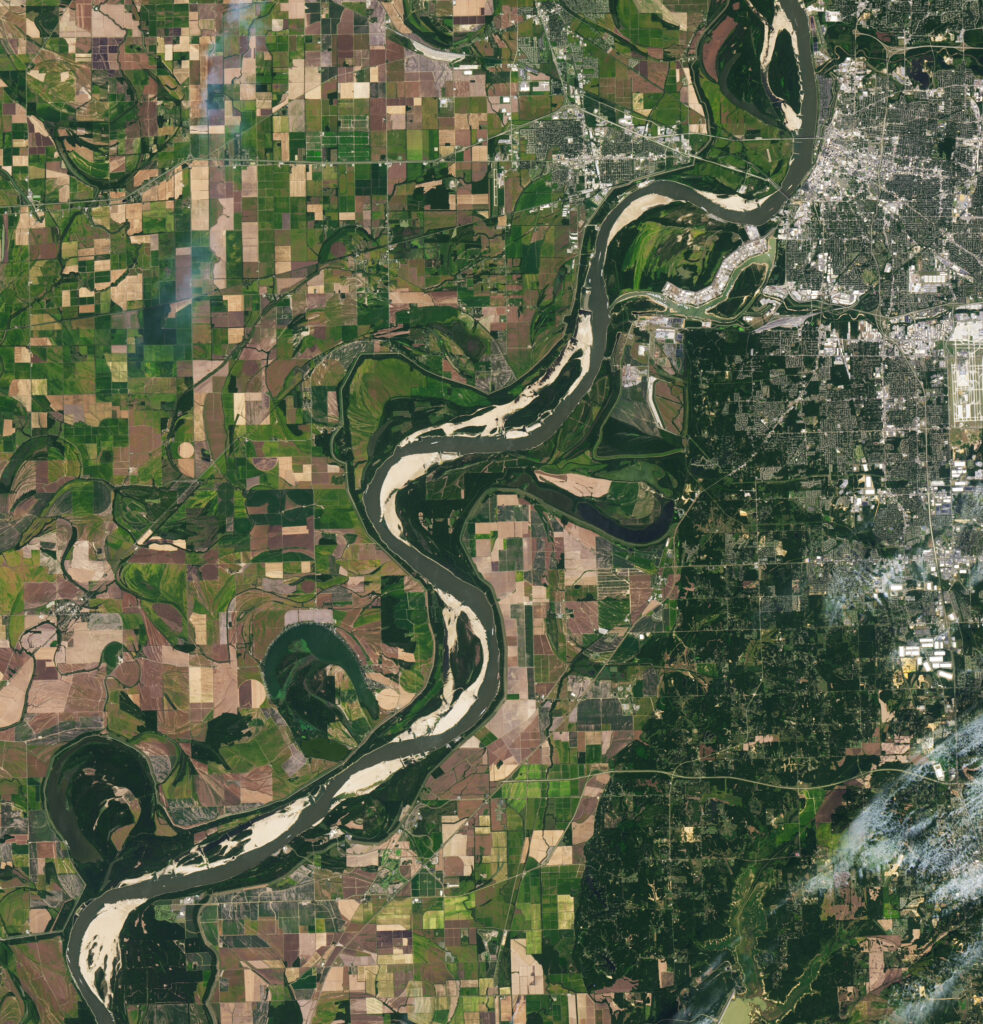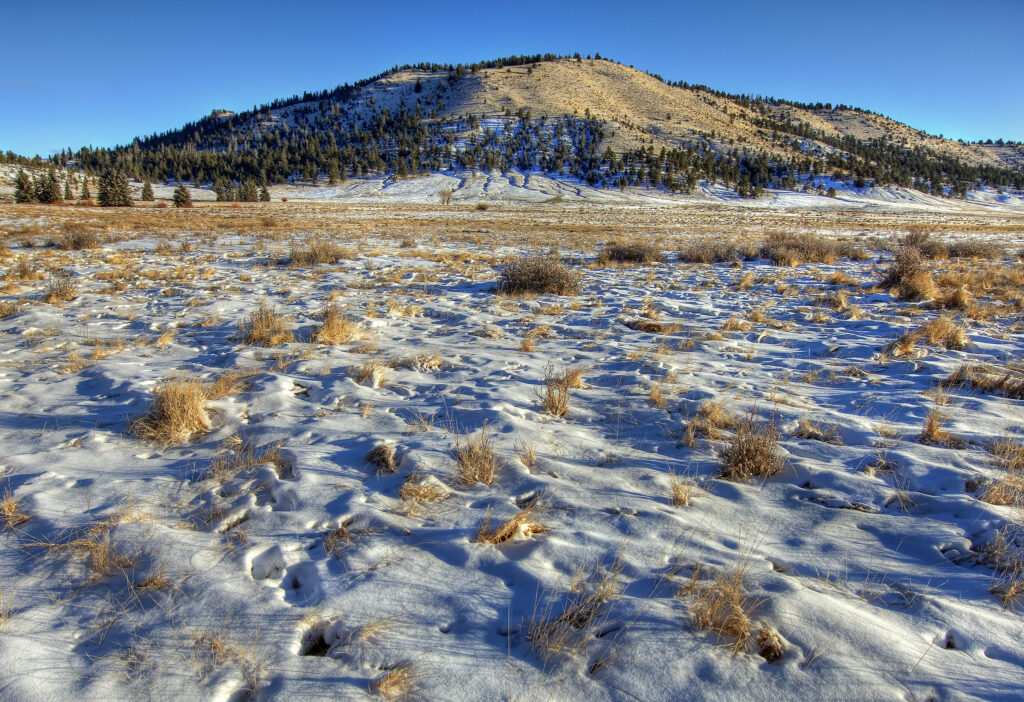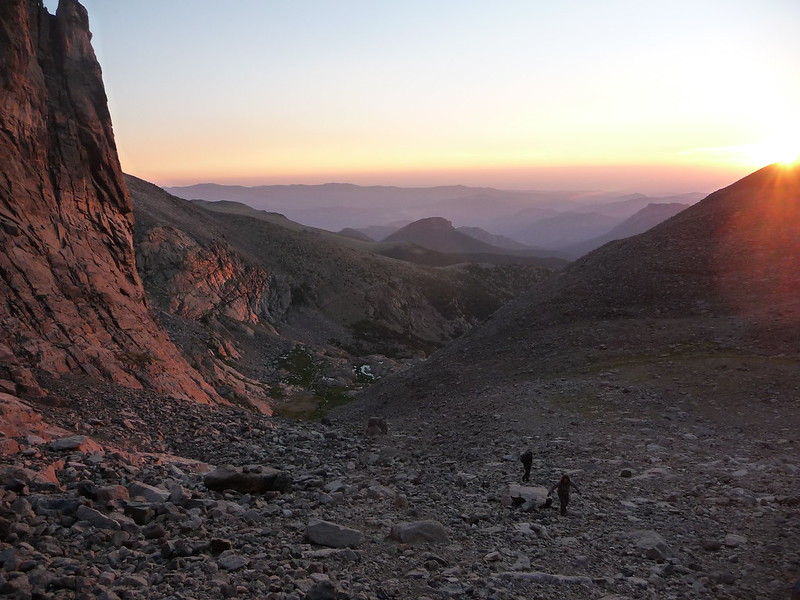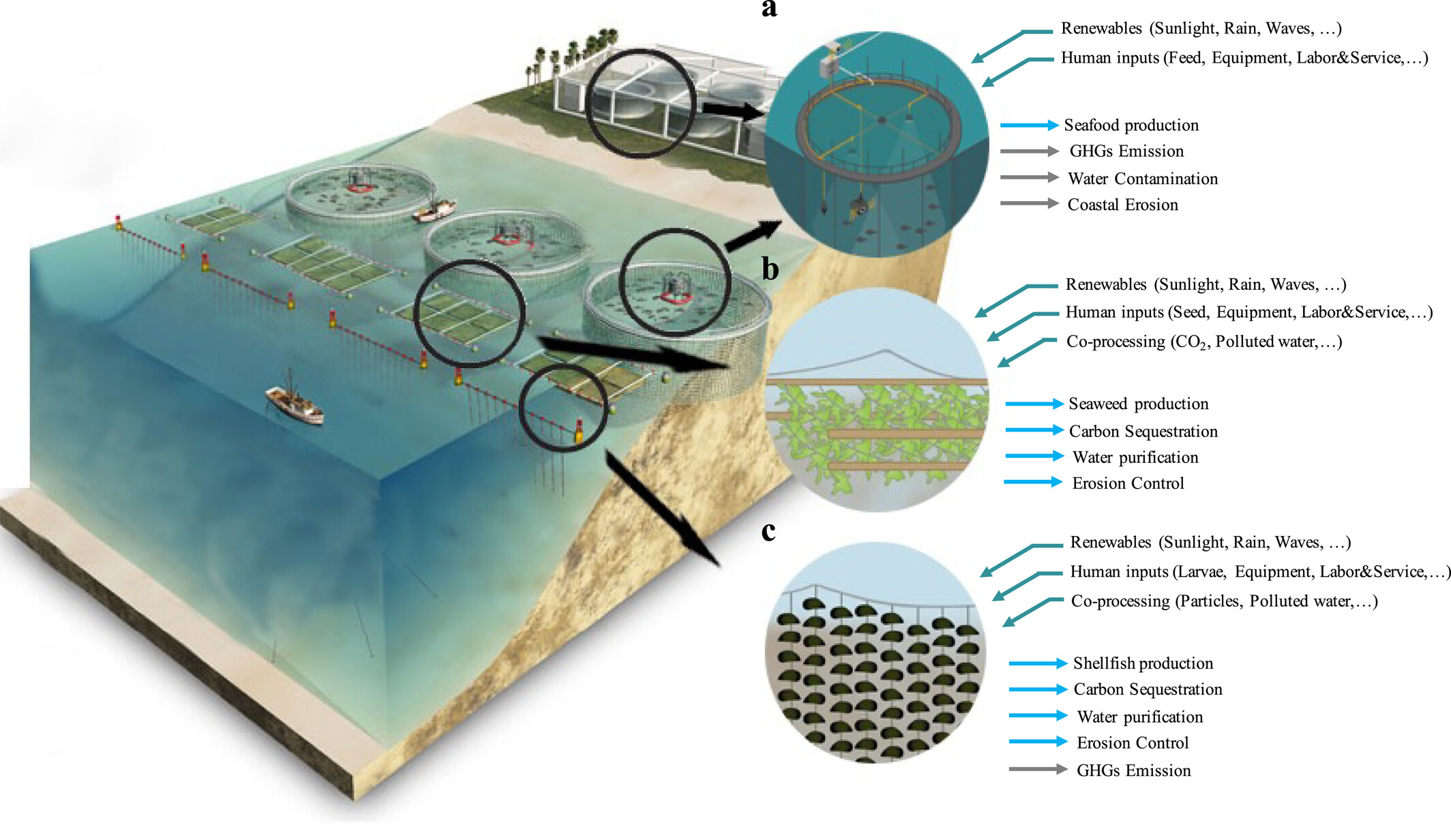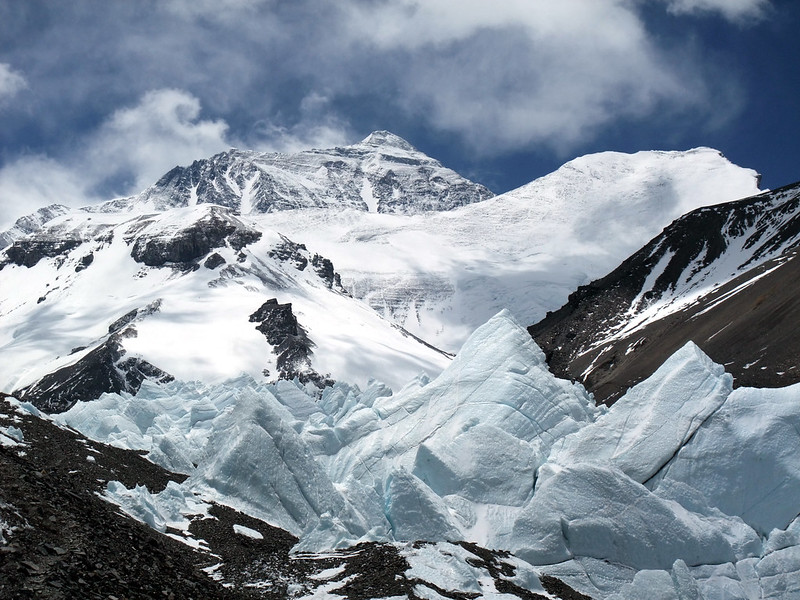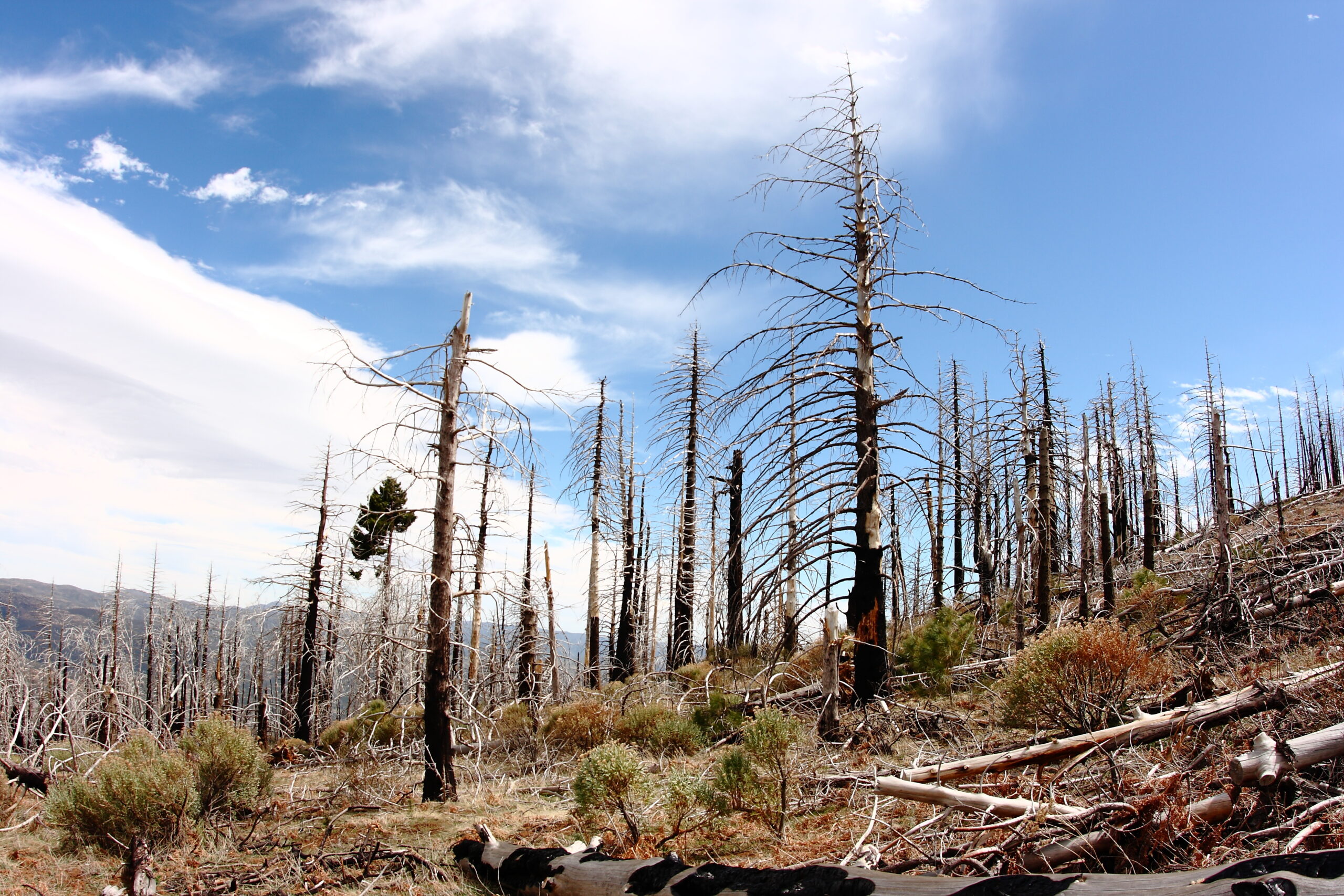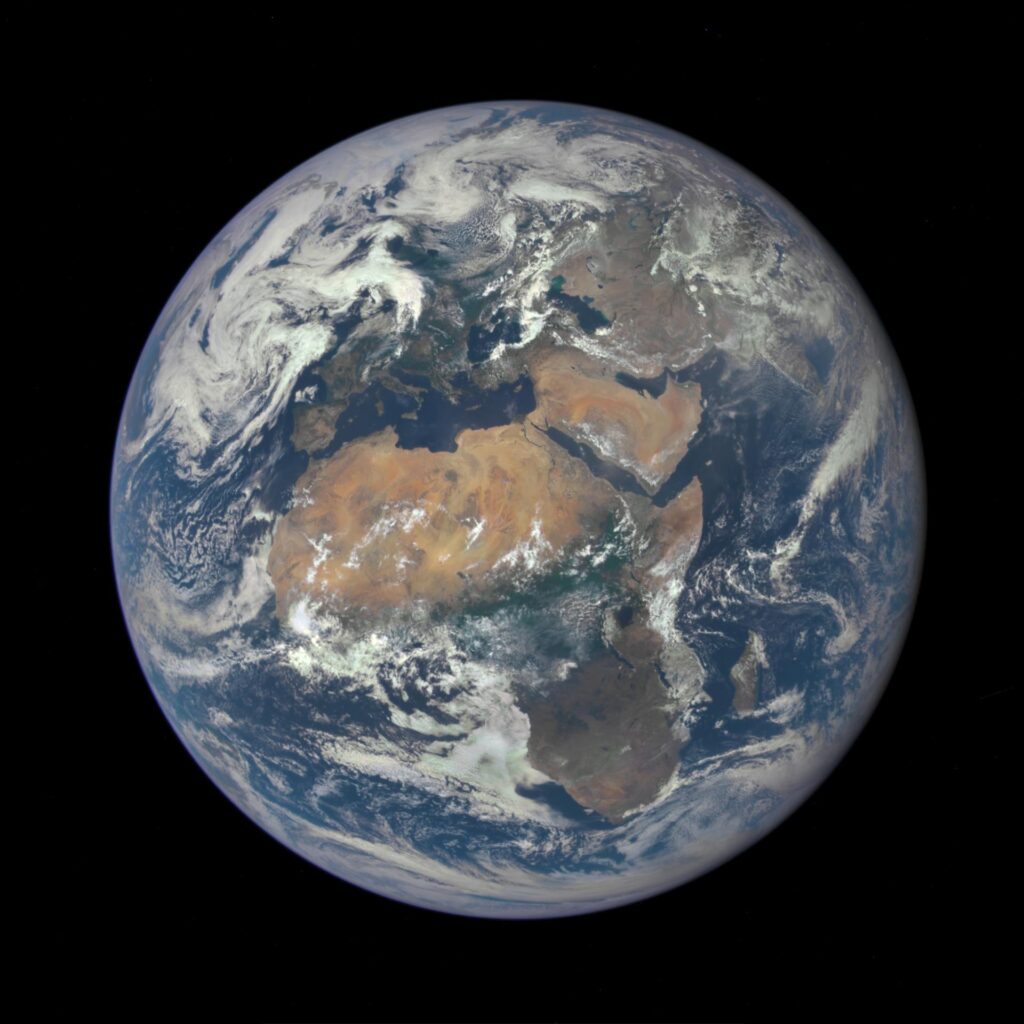
Ol Doinyo Lengai volcano in Tanzania. Its summit has been sinking for at least a decade, new research finds. Such “deflation” could be indicative of higher risk of catastrophic collapse. Credit: Christoph Strässler/flickr
AGU News
WaterSciCon is next week!
Press can register for free throughout the Water Science Conference, from 24-27 June in Saint Paul, Minnesota. The program features the confluence of science, policy and community and sessions coupling research to applied workshops. Interested reporters and press officers should email [email protected] with credentials. [press information][scientific program][media advisory]
Featured Research
Achieving carbon neutrality would stop marine heatwaves in their tracks
Marine heatwaves can cause acute environmental damage and chip away at species’ ability to survive. They’ve become more frequent, widespread and severe. But achieving carbon neutrality would halt that growth, dramatically limiting the area of ocean exposed to “permanent” heatwave conditions, according to new research. [Earth’s Future research]
Summit of unique Tanzanian volcano is sinking
Ol Doinyo Lengai is an active volcano in Tanzania, neighbor to Mount Kilimanjaro. Its summit has been sinking for at least a decade, new satellite-based analysis reports. Summit subsidence or “deflation” can be an indicator of the risk of catastrophic caldera collapse. [Geophysical Research Letters research]
Almost all the water from Tonga eruption remains in stratosphere
Nearly all of the water that the 2022 Hunga Tonga eruption injected into the atmosphere was still in the stratosphere and mesosphere as of November 2023, a new study reports. The water vapor could impact temperature and ozone. [JGR Atmospheres research]
Urban heat islands speed up winds in city “canopy”
A city’s structures can slow down wind; with buildings and other structures, a city’s surface is rough. But the heat island effect can counteract that slowing. A new study models why that happens in the megacity Shanghai and finds heating can increase the wind speed in the urban “canopy” by about 30%. [Journal of Advances in Modeling Earth Systems research]
Expecting the unexpected could help us prepare for climate extremes
Too little consideration of high-impact, low-likelihood events has left us unprepared for the worst of climate change, scientists say in a new paper. [Earth’s Future commentary][Eos research spotlight]
